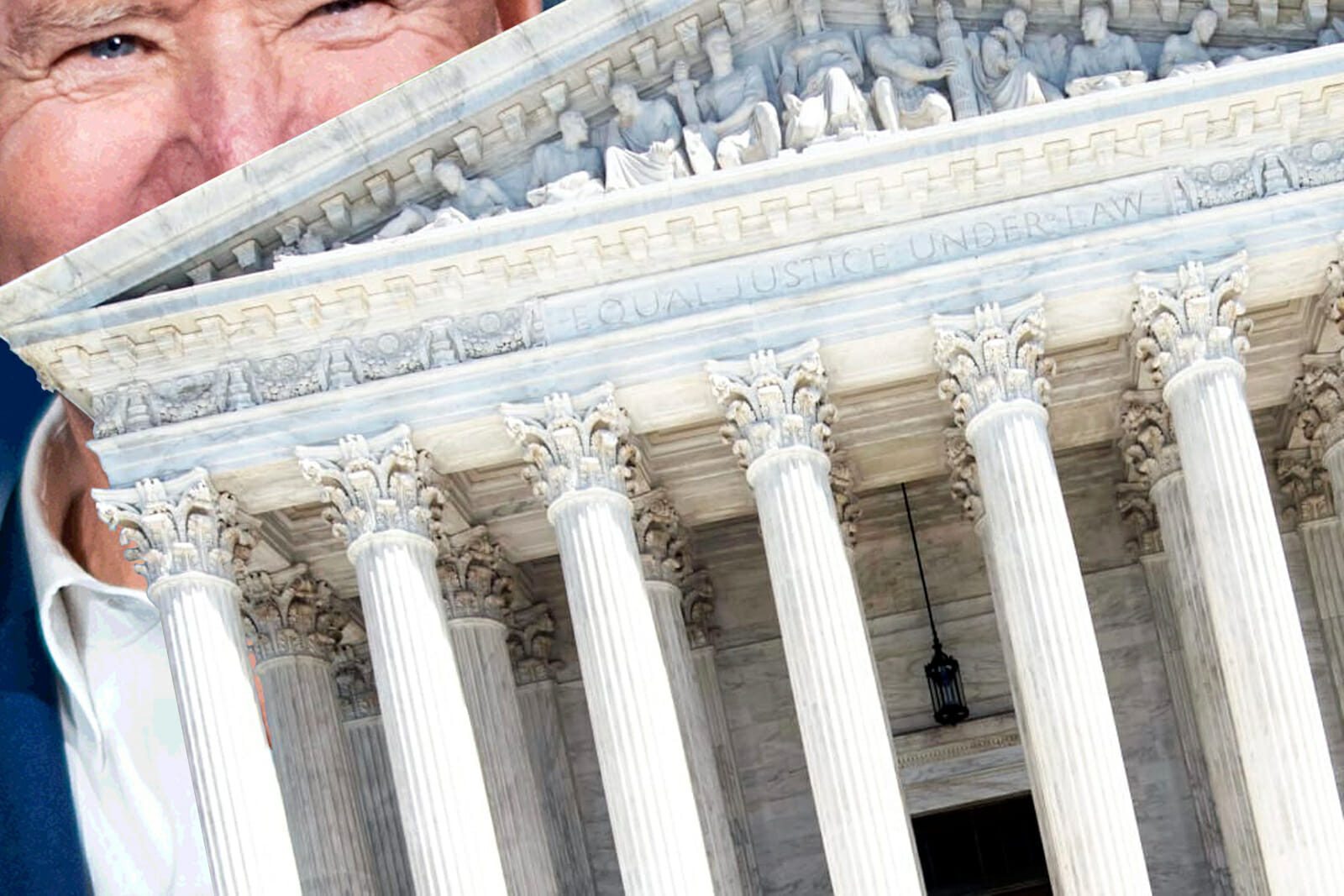
Is Court Packing Back on the Table?
For the first time in nearly a century, Washington looks to be making significant moves toward packing the Supreme Court. Democrats are upset by the current 6-3 conservative majority on the Court and the effect that that could have on their agenda over the next four years. Now that they have regained power, Congress has introduced a bill on Court expansion and President Joe Biden has simultaneously issued his own executive order on comprehensive Court reform.
The bill, the Judiciary Act of 2021, is a short, one-page document that would increase the size of the Court from nine to thirteen Justices, and nothing more. Biden’s Executive Order, creating the Presidential Commission on the Supreme Court of the United States, is broader; in addition to Court expansion, the Commission will also consider the length of tenure of Justices, case selection, and the Court’s overall role in the Constitutional system.
The makeup of the Supreme Court has, of course, been a controversial topic over the past several years. From the Republican’s successful strategy to block the Merrick Garland appointment during Obama’s final term to the Democrat’s unsuccessful attempts to do the same to Amy Coney Barrett’s appointment prior to the 2020 election, the process has been even more contentious than normal. During his presidency, Donald Trump was able to appoint three new Justices to the bench.
Although Trump only directly replaced one Democrat-appointed Justice, his three appointments have dramatically shifted the overall ideology of the Court. Before these appointments, the Court was fairly balanced, with four conservative and four liberal Justices and the swing vote (the deciding vote in closely contested 5-4 cases) typically coming from Justice Anthony Kennedy. Although appointed by a Republican, he was considered moderate overall. For example, Justice Kennedy is most famous for his four votes in favor of expanding gay rights. Now, with six conservative Justices, the swing vote will be a Justice to the right of the George W. Bush-appointed Chief Justice John Roberts.
The U.S. Supreme Court has had nine Justices with lifetime tenure for so long that most people assume that’s the way it has to be. But the Constitution, surprisingly, is silent on the issue. Article III simply states that there must be “one Supreme Court.” It says nothing about the number of Justices or the length of their tenure on the Court. Starting with the Judiciary Act of 1869, however, the Supreme Court has consisted of a “Chief Justice and eight associate justices.” Since that time, there has only been one serious attempt to increase the number of Justices on the Court. In 1937, President Franklin D. Roosevelt proposed a bill that would have allowed him to add as many as six new Justices to the Court. His motivations were transparently political; he was upset with the Court continuously striking down much of his New Deal legislation. However, the idea of packing the court did not sit well with much of the electorate, and so even the massively popular Roosevelt was forced to back down on the issue.
During the Amy Coney Barrett confirmation hearings, Senator Chuck Schumer threatened his Republican colleagues with retaliation, stating “you think that this will eventually blow over. But you are wrong.” With Democrats in control, the question is whether they will make good on that threat. As Roosevelt discovered, court packing has always been an unpopular issue among voters. Prior to the election, a Washington Examiner/YouGov poll found that Court expansion was disfavored by a 47-34 margin. And now that Democrats potentially have the votes to take action, it is even less popular. A recent NY Times/Siena poll found that it was disfavored by a 58-31 margin. Indeed, even liberals on the Court, like Justice Stephen Breyer (the oldest sitting member) and the late Justice Ruth Bader Ginsburg, have publicly voiced their opposition to the idea.
Time will tell if this is just saber-rattling, or if Democrats are actually willing to take the political risk of packing the Supreme Court.

